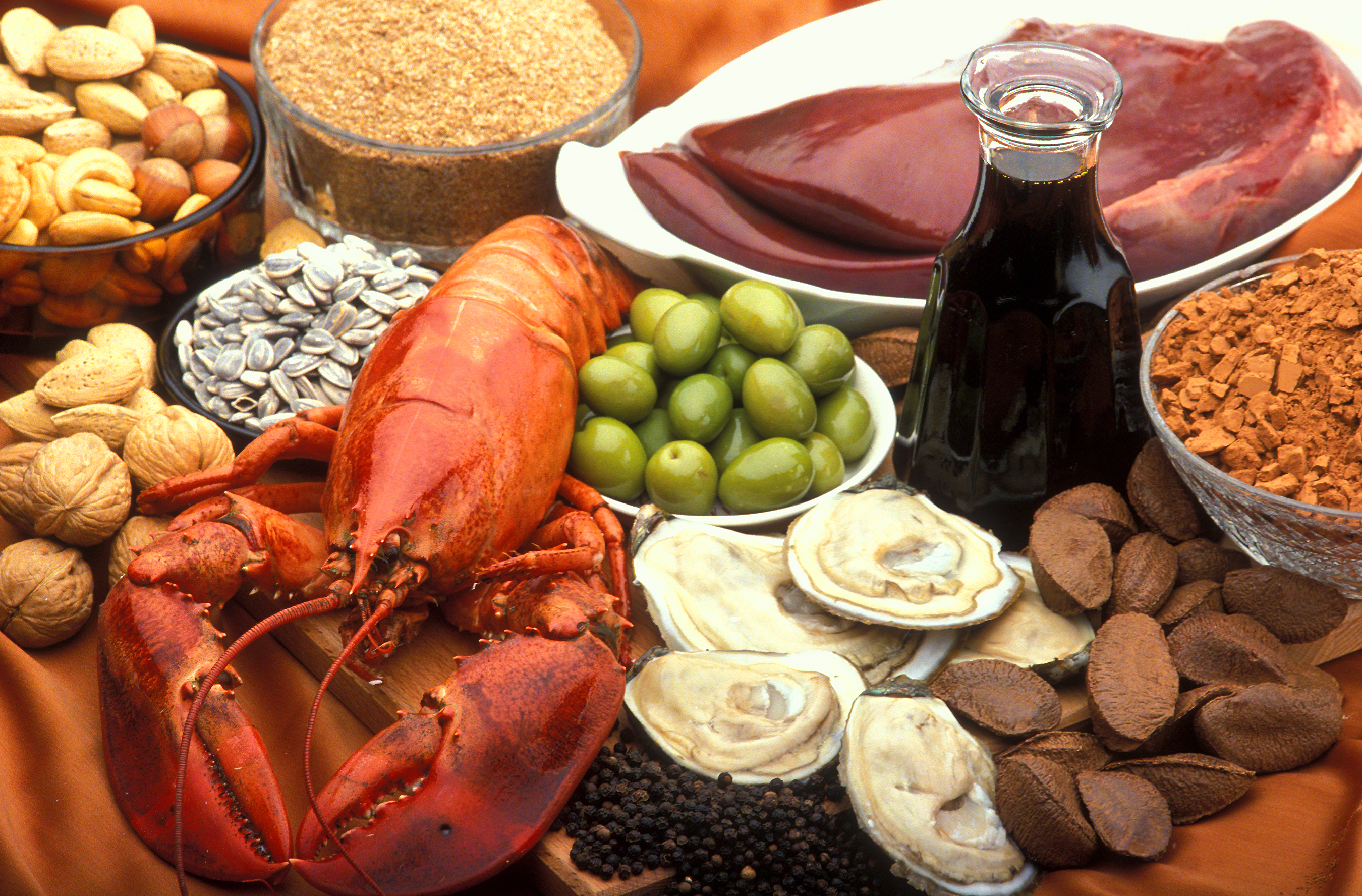We all have our eating habits, some more or
less good for our health. On fatty acids (lipids, fats), be aware that they are
not equivalent. Some are in favor, others limit. If you identify those you
consume regularly, you can then make a few adjustments to your highest good!
Much of lipids or grasdont acids
our bodies need comes from our diet. These are the nutrients that provide the
most energy. Indeed, while only 1 g of protein or carbohydrate provides 4 calories,
1 g of fat provides 9 calories. This energy is stored partly in reserves can be
mobilized at any time, such as when our physical efforts. Be careful, not too
much need. It is necessary to maintain a good balance between stock fatty acids
(and our contributions) and our energy expenditure at risk of developing
overweight.
The other important thing to know
is that all grasne acids are not equivalent. Some are beneficial to health,
others become harmful if they are in excess.
Typically there are three broad
categories of fatty acids.
Saturated fatty acids:
They tend to promote cholesterol
deposits in the arteries, increasing the risk of cardiovascular disease. It is
therefore very important to limit the share of these fatty acids.
What are the main dietary sources
of saturated fat?
Butter, cream, cheese, meat, meat
products (sausages, cold meats, burgers ??), whole dairy products, pastries,
bacon, juice and cooking fats, margarines and fats cooking, palm oil, coconut
oil ??
Mono unsaturated fatty
acids:
As graspoly-unsaturated acids,
unsaturated mono acids help to protect against cardiovascular disease.
Regularly consuming olive oil and some dried fruit, our contributions are generally
sufficient.
What are the main dietary sources
of monounsaturated fatty acids?
Olives, walnuts, pistachios,
almonds, hazelnuts, and their respective oils.
Polyunsaturated acids
They are called essential because
our body can not manufacture itself. They must therefore be provided by our
diet. We distinguish between omega-6 and omega-3. We have ample intake of
omega-6. However, they are often deficient in omega-3, a now very famous fat
acid for its powerful effect against cardiovascular disease. The French Agency
for Food Safety (AFSSA) recommends an omega-3 / omega-6 1/5.
What are the main dietary sources
of polyunsaturated fatty acids?
Omega-3 fatty fish (salmon,
mackerel, tuna, herring, trout ??), walnuts, soybean, rapeseed and oils.
Omega-6: sunflower seeds, wheat
germ, sesame, walnut, soybean, corn and oils.
Trans fatty acids:
These hydrogenated fats from an
industrial process. Such fats are more stable (they become rancid less easily)
and easier to use (they are solid at room temperature). Instead, they promote
plaque formation in the arteries. They should be consumed with extreme
moderation at the risk of his cardiovascular risk rising sharply. Alas, they
are now ubiquitous in industrial products ??
What are the main dietary sources
of trans fatty acids?
Industrial pastries, canned soups,
sweet and savory biscuits industry, spreads, cereal bars, bread, pasta and
pastries industrial, etc.
Finally here are three tips:
1) Avoid oftransfatty acids (for
this, limit all industrial products by making your own preparations based on
natural ingredients).
2) Limit saturated fats (animal
fats limit, cheese, whole milk, fatty meats and sausages).
3) Prefer the omega-3 (fish consume
2-3 times per week).

No comments:
Post a Comment